Reconnect with nature and experience the art of bivouac in the Cévennes National Park. Discover the Park’s diverse and breathtaking landscapes, where unspoiled wilderness awaits. Whether you are an experienced hiker or simply a nature enthusiast, you’ll be sure to find the perfect spot in every corner of the Park where you can pitch your tent and embark on an unforgettable adventure.
Remember that you’re in a fragile, protected biosphere, and you must follow specific rules in order to spend the night in the wilderness. Here are our tips for a responsible, memorable, and eco-friendly bivouac experience.
Bivouac in the Cévennes: To sleep under the stars
Spend the night in the heart of unspoiled nature and allow the magic of the Cévennes to lull you to sleep. Take in breathtaking views, discover charming French villages, and encounter the diverse fauna and flora of the Park. Alone, with family, or with friends, bivouacking in the Cévennes is accessible to all. Don’t wait – pack your backpack and take a dive into wilderness!
Bivouac vs Wild Camping: What’s the difference?
Bivouac is defined as minimalist camping for one night only. It is often chosen by hikers, backpackers and bikers on long treks as a one night step along their route. Light and discreet, bivouacking can be done with or without a tent . If a tent is used, then it is small, lightweight and designed to limit standing height.
Wild camping, on the other hand, offers more comfort, often involving larger tents, canopies and other installations. A wild camp is often set up for several nights, and may involve an RV, motorhome, or campervan.
photo credit : ©Clara Ferrand, Lozère Tourisme
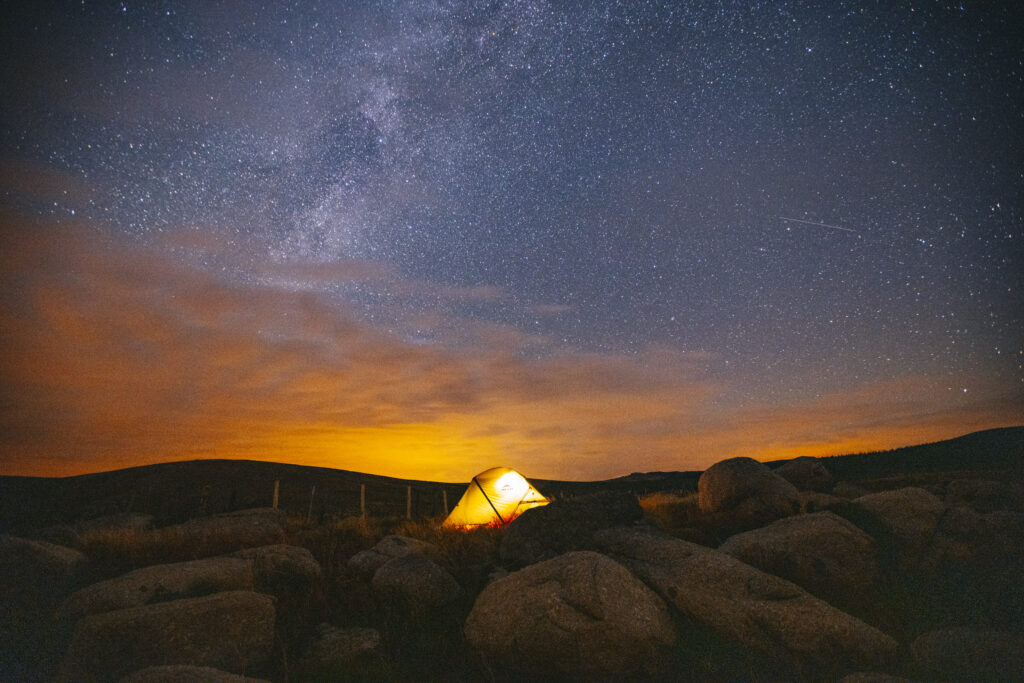
Bivouac regulations in the heart of the Cévennes National Park
Bivouacking is allowed within the protected Cévennes preserve, but only in designated areas and during specific hours. If you plan to bivouac, you must adhere to the following rules:
> Wild camping with motorized vehicles is strictly prohibited.
> Set up your campsite at most 50 meters away from Long-Distance Hiking Trails (GR, GRP).
> Bivouac is allowed only without a tent or in a lightweight tent designed to limit standing height.
> You may not stay longer than one night in the same spot.
> Bivouacking is permitted only between 7 p.m.and 9 a.m.
> Campfires are forbidden. Camping stoves are tolerated, but must be used at least 200 meters away from forests, farms and reforestation areas. Their use may also be restricted by prefectorial orders due to weather conditions.
Important: Bivouacking is prohibited in certain protected and fragile areas crossed by Long-distance Hiking Trails (GR, GRP). Refer to the following maps for more detailed information: click here.
Our tips for a successful bivouacking experience
Bivouacking must be light but it isn’t to be taken lightly. It’s essential to plan ahead and to thoroughly organize your long-distance hike, camping gear, and provisions.
Pack your backpack, but keep it light:
– Bivouac gear: a tent, a warm blanket or sleeping bag, a mattress or mat, a headlamp, and a camping stove.
– Toiletry kit and a small towel, preferably made out of microfibers. Warm and waterproof clothing.
– First-aid kit, a survival blanket, trash bags, water-purification tablets, sunscreen, a cap, and sunglasses.
photo credit : ©Clara Ferrand, Lozère Tourisme
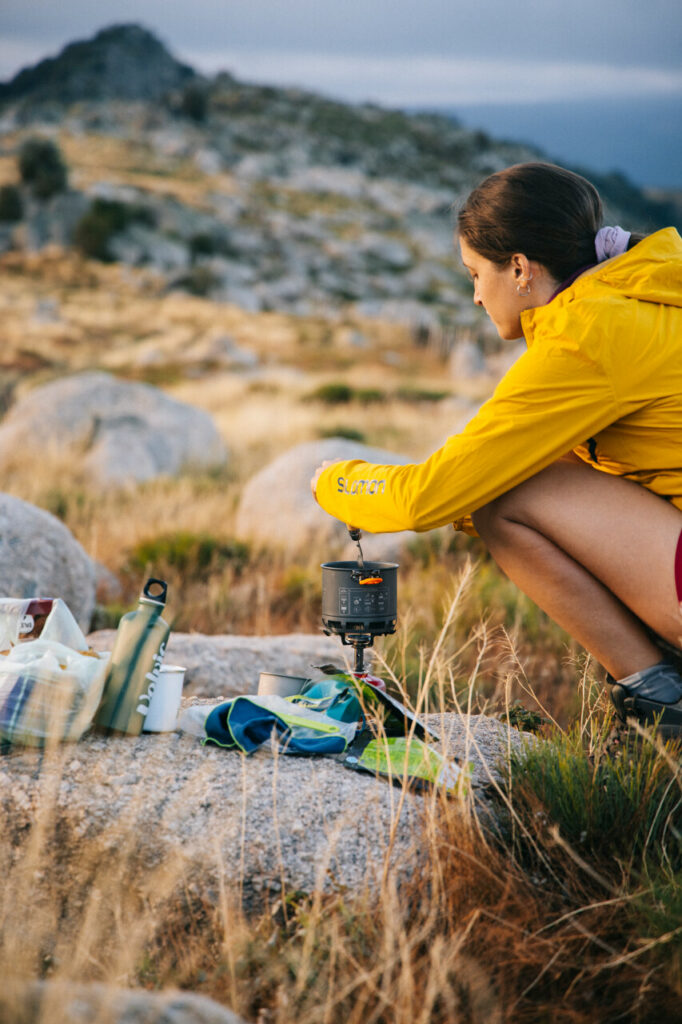
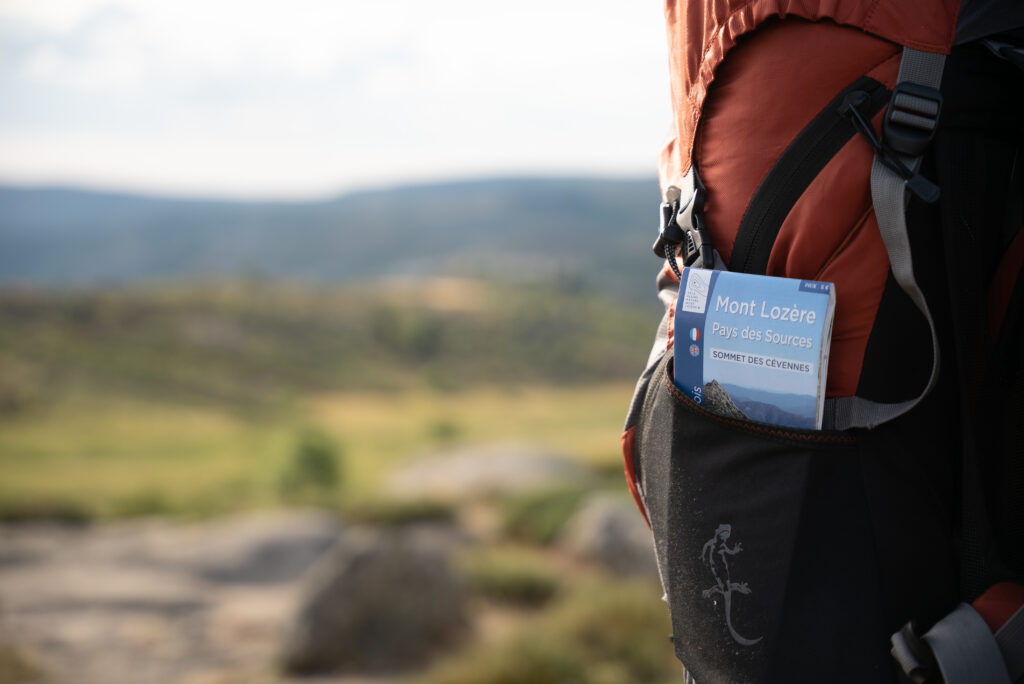
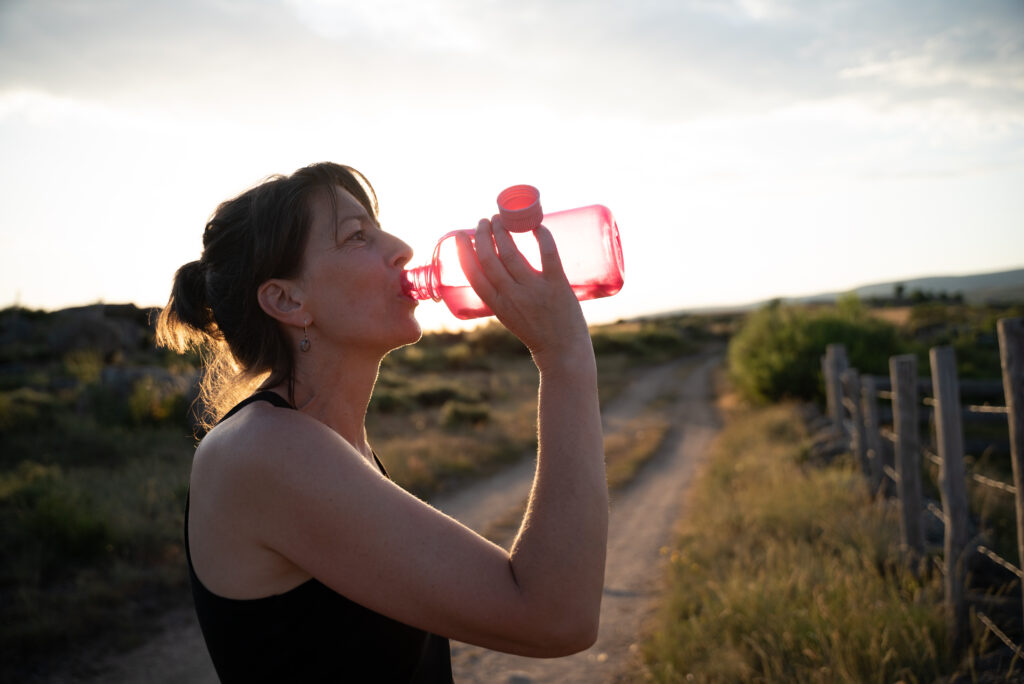
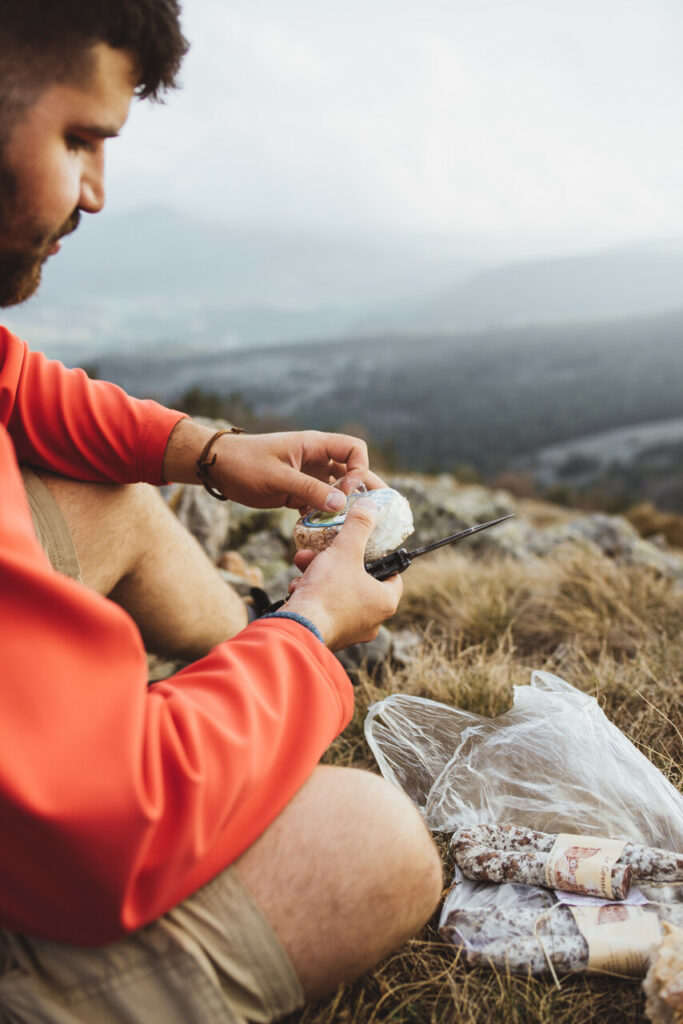
Don’t forget your provisions:
It’s crucial to plan the quantity of provisions you’ll need in advance, as drinking water and grocery stores can be scarce along certain hiking trails.
– Drinking water: Bring plenty of water, and pack some water-purification tablets just in case.
– Food: Pack powdered food and energy bars, but also consider picking up some local produce along the way for delicious picnics.
Photo credit: ©SMAML PPN, ©Aymeric Perona, Lozère Tourisme

Expert advice :
Bivouacking opens the door to wild adventures, but proper preparation is essential. Before you leave, double-check the mountain weather forecast, study your itinerary, and carry it with you both in paper format and on your smartphone. Share your route and estimated return time with a friend. Just in case the weather turns, check the location of forest shelters and dormitories, so that you can stay dry for the night if necessary!
Respect both the land and its owners
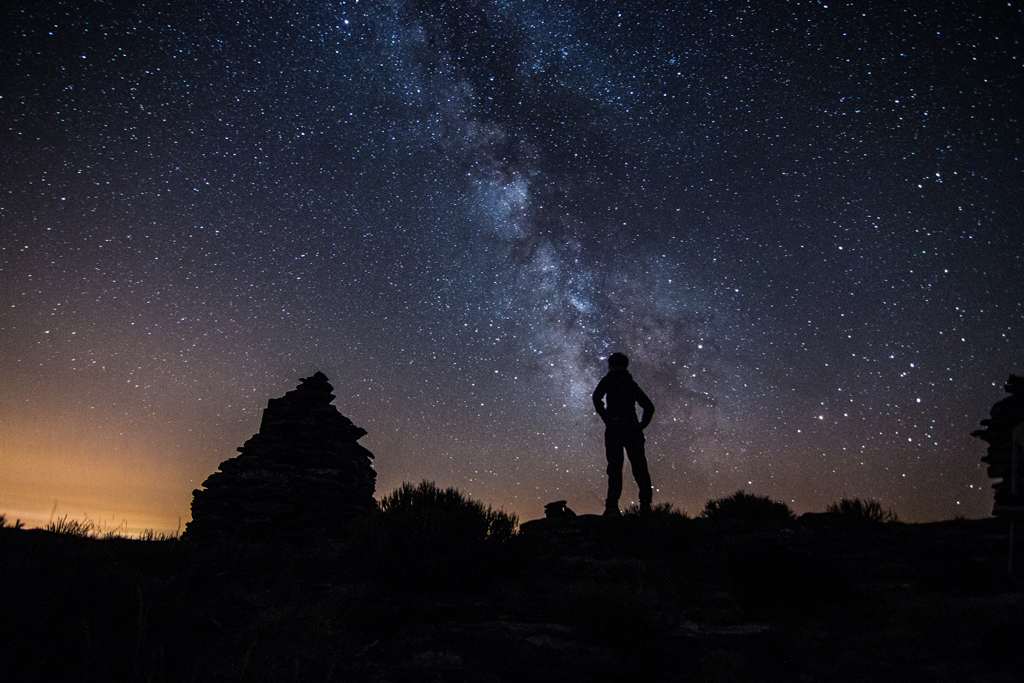
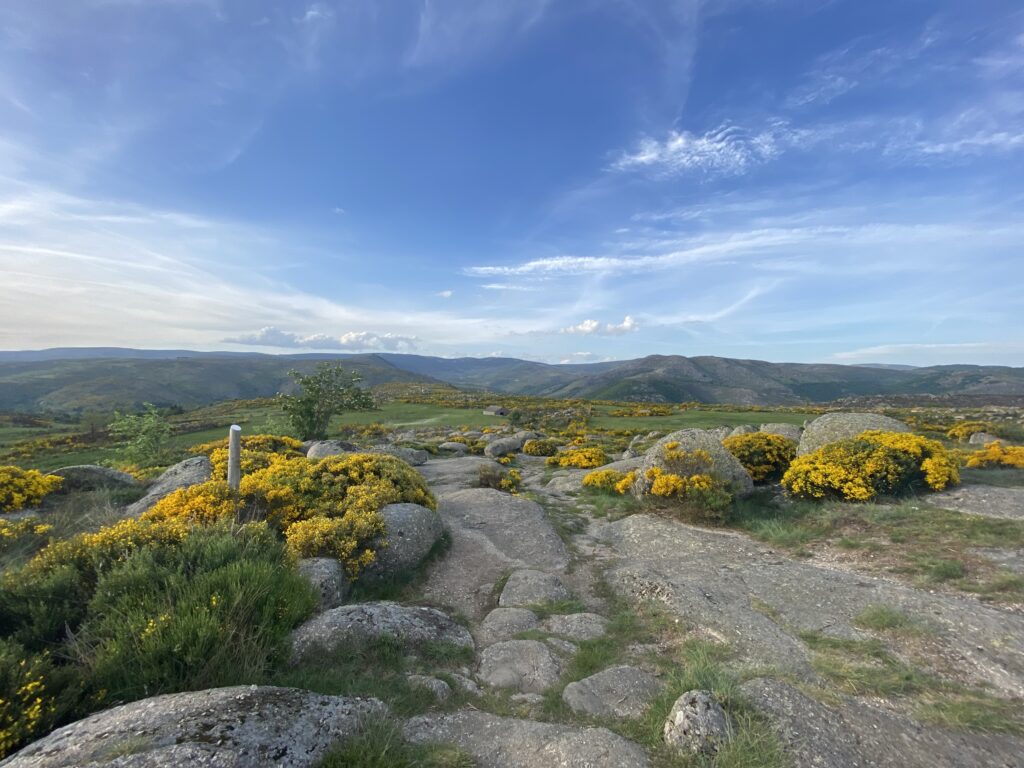
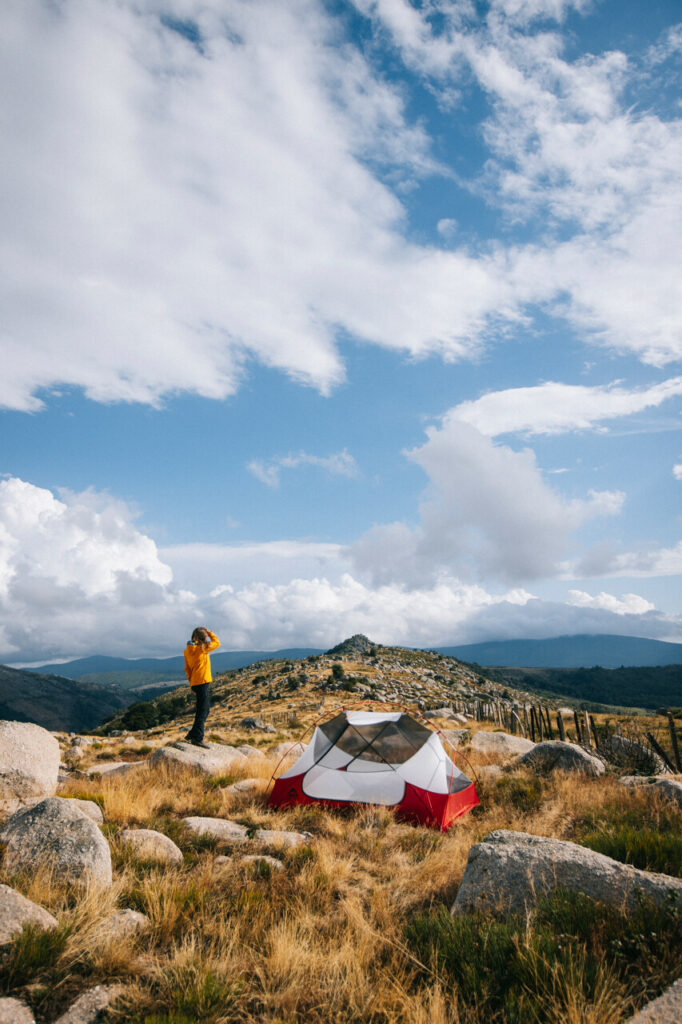
Basic rules for an unforgettable experience
– Campfires are prohibited in most areas.
– Respect private property: Fields and forests are often privately owned and may not be open to the public.
– Show gratitude: Thank landowners who allow you to bivouac on their property by respecting their rules and only camping in authorized areas.
– Leave no trace: Don’t litter and minimize your impact on the surrounding wilderness. Leave your campsite as clean as if you were never there.
We must all do our part to preserve the fragile nature of the Cévennes.
photo credit :
©Hervé Roche, Gîte Les Esperelles
©Clara Ferrand, Lozère Tourisme
©Morgane Pierredon